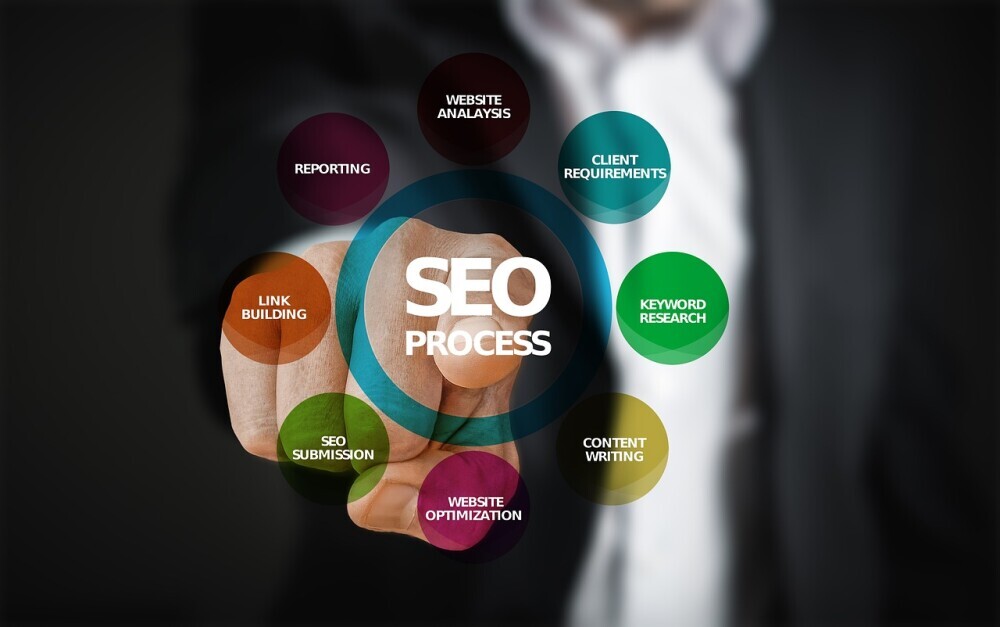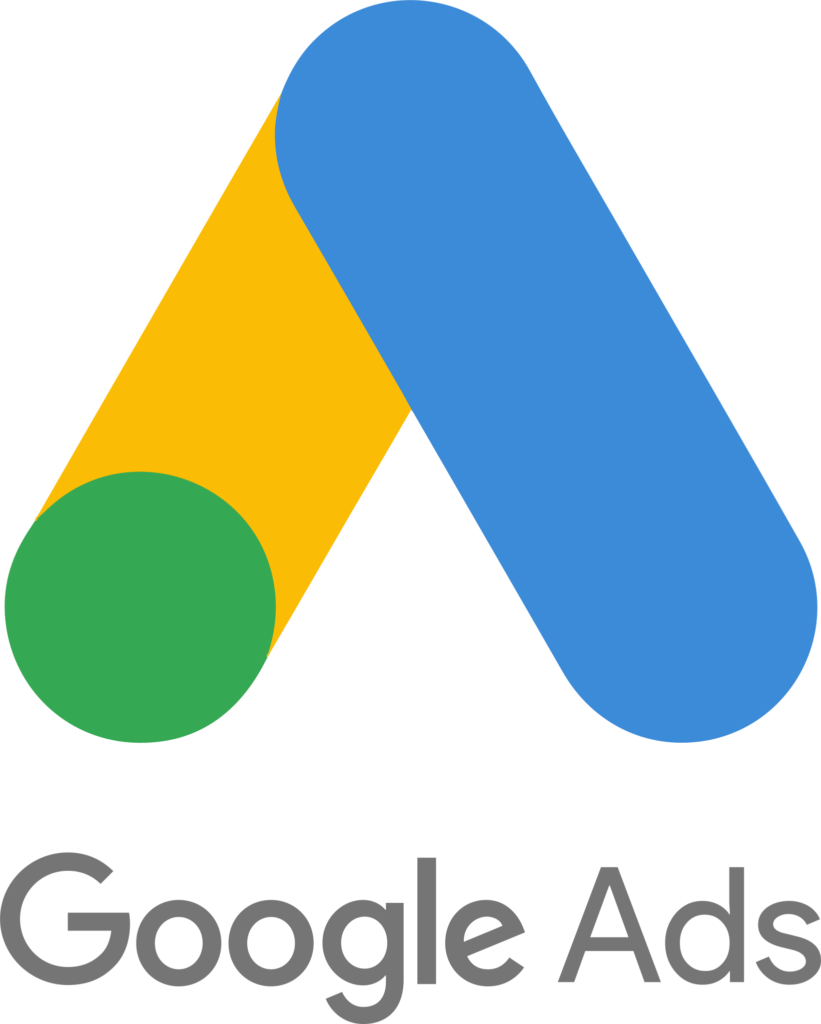The Essential Guide to Website Creation
The Essential Guide to Website Creation: Building Your First Website from Scratch
In today’s hyper-connected world, having an online presence isn’t just a luxury—it’s often a necessity. Whether you’re a small business owner, an artist wanting to showcase your portfolio, or someone wanting to share their hobby with the world, a website is your digital calling card. But getting started can seem daunting if you’ve never built one before. The aim here is to demystify the process for beginners. Building a website can be straightforward and manageable if you understand the basic steps. This guide is your roadmap to constructing your first site, showing you how to plan, design, develop, and ultimately launch your creative vision into the web-o-sphere.
The aim here is to demystify the process for beginners. Building a website can be straightforward and manageable if you understand the basic steps. This guide is your roadmap to constructing your first site, showing you how to plan, design, develop, and ultimately launch your creative vision into the web-o-sphere.
We’ll journey through the essentials: setting clear goals, understanding your audience, selecting the right tools, creating engaging content, and ensuring your site is ready for the world to see. With careful planning and a step-by-step approach, you can lay a strong foundation for a successful online presence.
This section sets the stage for the full picture that follows, helping you conceptualize what creating a website truly entails. From choosing a platform and naming your site to designing and filling it with valuable content, every step counts. It’s about starting something new and exciting and watching it grow into an active part of your digital life.
Foundation Stones: The ABCs of Website Creation
Grasping the fundamentals of website creation forms the bedrock of successful web development. A website at its core is a collection of web pages interconnected and hosted under a domain name on the internet. These pages serve various functions, be it providing information, selling products, or showcasing creative work.
Knowing what type of website you want to build is crucial in aligning your vision with the right tools. Personal websites, like blogs and portfolios, offer creative freedom and personal expression. Business websites, including e-commerce platforms and service providers, focus on functionality and user experience. Non-profit sites aim to spread information and gather support, while informational sites often serve an educational purpose.
The website building process generally takes shape in key stages: planning, development, and launching. Planning involves goal-setting and understanding your audience, which sets the direction for your entire project. Development covers design and functionality, ensuring your site is both attractive and user-friendly. The launch phase is where all the pieces come together, and your site is live, ready to interact with its visitors.
Approaching each stage with clarity and purpose helps in creating a site that’s not only visually appealing but also effective in achieving its goals. Having a structured understanding ensures you’re not overwhelmed by the process, and each step can be executed with confidence.
The Architect’s Plan: Strategizing for Success
Crafting a winning website begins with solid planning, which means having a crystal-clear picture of what you want your site to achieve. Knowing your goals helps set the trajectory for everything else that follows. Are you aiming to inform, persuade, or sell? Or maybe your site is just an online space to share your passion. Defining your primary objective gives focus to your efforts.
Understanding who you’re speaking to is just as important. Pinpointing your target audience shapes how you design and what kind of content you create. Different audiences have different needs and preferences. Take the time to research who your visitors could be, their interests, and how they might interact with your site.
Content planning is another critical component. Start by listing the main topics you want to cover, which forms the backbone of your site structure. Creating a sitemap—think of it like your website’s architectural blueprint—brings clarity to your process, making sure every page serves a specific purpose.
Researching competitors can offer valuable insights. Look at similar sites to yours: what do they do well, and where do they falter? This analysis not only inspires but helps you establish benchmarks for your own site.
With clear goals, a focused audience, well-thought-out content, and a bit of competitive research under your belt, you’re ready to create a site that speaks directly to its visitors and stands out in a crowded digital landscape.
Selecting the Scaffold: Choosing Your Website Platform
Finding the right platform is crucial for bringing your website vision to life. There’s no one-size-fits-all answer, so understanding the options can help narrow the field.
Website builders like Wix and Squarespace are the straightforward, no-fuss options that get you up and running quickly. These platforms offer user-friendly drag-and-drop editors and a variety of templates, ideal for those who want to sidestep the complexities of coding.
Content Management Systems (CMS) like WordPress offer a bit more flexibility and power. WordPress is especially popular due to its wide range of themes and plugins, letting you customize with ease. For individuals comfortable with a bit of a learning curve, these systems offer substantial returns.
For those who prefer full control and have technical know-how, custom development using HTML, CSS, and JavaScript can tailor your site to be exactly what you envision. It requires more time and expertise, but the possibilities are virtually limitless.
When choosing a platform, consider ease of use, your budget, available features, and how scalable the platform is. For beginners, having reliable customer support can also be a game-changer.
Choosing the right foundation sets your site up for both immediate success and future growth without overwhelming yourself in the process.
Your Website Identity: Locking Down Domain and Hosting
Securing a domain name is like choosing your digital address. It needs to resonate with your brand and be easy for users to remember. A few simple tips can make all the difference: keep it short, avoid complex spellings, and consider keywords relevant to your niche. Remember, consistency with your brand is key.
Checking the availability of your chosen domain can sometimes feel like searching for a needle in a haystack. Using platforms like Namecheap or GoDaddy can make this search easier, and they often provide suggestions if your preferred name is taken.
Once you’ve settled on a name, the next step is choosing the right hosting provider—essentially your website’s home. There are several hosting types to consider, including shared hosting which is budget-friendly, VPS hosting for moderate control and performance, or dedicated hosting for maximum control and resources.
Key criteria for picking a hosting service include reliability—we’re talking uptime and speed—along with robust customer support. It’s like choosing the foundation of your home; it has to be strong and dependable.
Purchasing your domain and hosting is pretty straightforward, often completed in a few simple steps. Most platforms offer easy guides and bundled deals to make this process smooth. With your domain and hosting secured, you’re a major step closer to getting your site online.
The Art of Website Aesthetics: Crafting Your Website’s Design
Designing your website is where your creative vision truly starts to take shape. Aesthetic appeal and user experience (UX) should go hand in hand, ensuring that visitors are drawn in and can navigate easily.
Choosing a website template or theme aligns with your brand’s identity. Platforms like WordPress, Wix, and Squarespace offer a range of free and premium themes to cater to different tastes and functionalities. Customizing these themes allows you to make your site unique without a complete overhaul.
Key design elements such as color scheme and typography play a crucial role in conveying your brand’s message. It’s not just about looking good; these elements need to complement your message and make reading and navigation a breeze.
The layout should guide visitors naturally through the content, while intuitive navigation keeps them from getting lost. Make sure important information is accessible and that links function smoothly.
Images and multimedia elements are powerful for engagement but need to be optimized for fast loading times. They should enhance rather than overshadow your message, so choose wisely and use sparingly.
Balancing aesthetics and functionality requires a careful hand, but when done right, it elevates your website from just a digital space to an inviting environment where visitors want to return.
The Power of Content: Fueling Your Site with Engaging Material
Content is at the heart of your website, defining its purpose and engaging your audience. Different types of content cater to different needs: text for detailed information or storytelling, images for visual appeal, and video for dynamic interaction.
When crafting content, keep your audience’s preferences front and center. Knowing who you’re speaking to helps tailor messaging, making it clear and relatable. Content should be succinct yet informative—an art that takes practice but pays off in engagement.
Clarity and brevity drive effective communication. Also, careful use of keywords can improve your search engine visibility without sacrificing the user experience. While SEO is important, the primary focus should always be on delivering value to your visitors.
Organizing your content is crucial, too. Categories and tags help streamline navigation, making it easier for users to find what they’re looking for. This enhances the overall user experience every step of the way.
A content calendar can be a fantastic tool, allowing you to plan when and what you’re posting. Consistency in content updates keeps your site fresh and encourages return visits from your audience.
Tuning the Engine: SEO Optimization for Visibility
Once your content is in place, optimizing your site for search engines ensures it gets the attention it deserves. SEO, or search engine optimization, can greatly influence how easily users find your site amid the vast internet landscape.
Understanding keywords is the starting point. These words and phrases are what users type into search engines when looking for content like yours. Integrate them naturally into your website’s text, headings, and meta descriptions. The goal is to make your content searchable without compromising on readability.
Meta tags and descriptions might sound technical, but they’re essentially your website’s elevator pitch to search engines. Well-written meta descriptions can significantly impact click-through rates by clearly summarizing the content on each page.
Differentiating between on-page and off-page SEO techniques helps streamline your strategy. On-page SEO involves optimizing elements directly on your site, such as internal links and content quality. Meanwhile, off-page SEO focuses on driving traffic to your site through backlinks and social media sharing.
Using analytics tools like Google Analytics is crucial for tracking how your website is performing. These insights allow you to adjust your strategy, ensuring your site remains visible and relevant to your audience.
SEO is not a one-time task but an ongoing process that adapts as keywords, trends, and algorithms evolve. Regular reviews and updates keep your site competitive in search rankings, ultimately increasing its reach and impact.
Before the Big Reveal: The Importance of Website Testing
The final stretch before launching your website involves thorough testing to ensure everything is functioning as it should. Rigorous testing can prevent minor issues from becoming major problems once your site goes live.
Test every facet of your website’s functionality—each link, form, and interactive element. These components need to work seamlessly to provide a smooth user experience. A broken link or malfunctioning form can frustrate visitors and create a negative impression.
Compatibility testing across various devices and browsers is equally important, given the diverse ways people access the web. Your site should offer a consistent experience whether viewed on a smartphone, tablet, or desktop, using Chrome, Firefox, or Safari.
Speed is a crucial factor. If your site takes too long to load, visitors might leave before they’ve even seen your content. Utilize tools like Google PageSpeed Insights to ensure your website loads quickly and runs efficiently.
Gathering feedback from trusted sources before launching can provide valuable insights. Friends, family, or beta testers can offer practical suggestions that may not have been apparent during creation. Be open to constructive criticism and willing to make adjustments where necessary.
A comprehensive approach to testing maximizes your site’s potential for a smooth launch, setting the stage for a successful web presence from day one.
Recommendation
These books come highly recommended because they encompass a wide range of essential topics related to web development, design, and establishing a robust online presence. Each title has been carefully selected to provide valuable insights and practical knowledge, catering to both beginners and those looking to refine their skills.
From foundational concepts in HTML and CSS to advanced techniques in user experience design and search engine optimization, these resources collectively form a comprehensive library for anyone embarking on the journey of building their first website.
Furthermore, they not only address technical aspects but also delve into strategic content creation, effective domain management, and the nuances of choosing the right web hosting services. By covering both the creative and functional sides of web development, these books empower readers to understand the intricacies involved in creating a successful online platform. Whether you’re interested in responsive design, usability principles, or effective web marketing strategies, this curated selection provides the tools and knowledge necessary to navigate the ever-evolving digital landscape.
- Website Development and Design
“HTML and CSS: Design and Build Websites” by Jon Duckett
A visually rich guide to learning HTML and CSS, ideal for beginners.
“JavaScript and JQuery: Interactive Front-End Web Development” by Jon Duckett
A practical introduction to JavaScript and JQuery for interactive web design.
“Learning Web Design: A Beginner’s Guide to HTML, CSS, JavaScript, and Web Graphics” by Jennifer Niederst Robbins
A comprehensive guide covering the fundamentals of web design and development.
“Don’t Make Me Think: A Common Sense Approach to Web Usability” by Steve Krug
Focuses on usability principles for web design, making websites user-friendly.
- Content Creation and SEO
“Content Strategy for the Web” by Kristina Halvorson and Melissa Rach
Discusses the importance of content strategy in web development and design.
“The Art of SEO: Mastering Search Engine Optimization” by Eric Enge, Stefan Spencer, and Jessie Stricchiola
Offers in-depth insights into SEO techniques for improving website visibility.
- Website Building Tools
“WordPress for Dummies” by Lisa Sabin-Wilson
A beginner-friendly guide to creating and managing a website using WordPress.
“Squarespace For Dummies” by Liz Wiley
A practical guide to building a website using Squarespace.
- User Experience and Website Usability
“The Design of Everyday Things” by Don Norman
A foundational book on design principles that can be applied to web interfaces.
“A Project Guide to UX Design: For User Experience Designers in the Field or in the Making” by Russ Unger and Carolyn Chandler
Focuses on user experience design processes that can enhance a website’s usability.
- Web Hosting and Domain Management
“The Web Hosting Handbook” by Daniel E. Moore
Covers the selection and management of web hosting services effectively.
“Domain Names: Strategies and Legal Aspects” by Jennifer E. Murphy
Discusses the importance of domain names and legal considerations in choosing one.
- General Website Development Resources
“Responsive Web Design with HTML5 and CSS” by Ben Frain
A guide on creating responsive websites that work on various devices.
“Web Development and Design Foundations with HTML5” by Terry Felke-Morris
A comprehensive textbook on web development concepts including HTML5.
- Online Presence and Marketing
“Building a StoryBrand: Clarify Your Message So Customers Will Listen” by Donald Miller
Offers insights on how to craft messages that resonate with audiences online.





